Half-caff coffee: Why roasters should keep an eye on this growing market
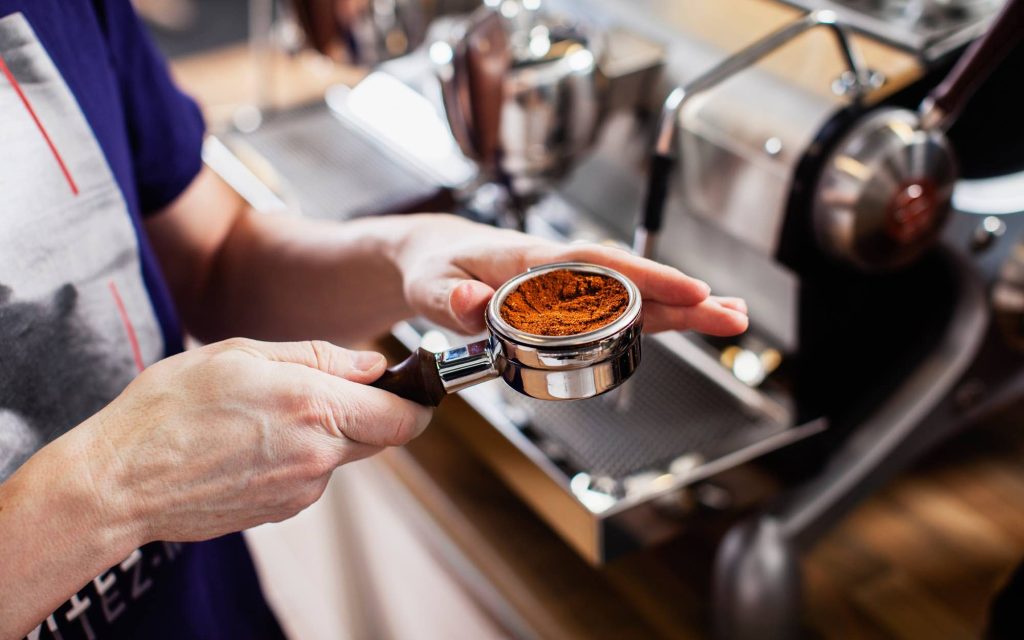
Whether you like it or not, decaf coffee is immensely popular for an obvious reason: some people want (or may need) to reduce their caffeine intake. Ultimately, it comes down to personal preferences, as well as health considerations.
So with a growing number of consumers becoming more conscious of their wellbeing, people are starting to be more mindful of how much coffee – and caffeine – they are drinking.
Quality, however, is also important to consumers. In turn, the market for naturally low-caffeine varieties has started to emerge in recent years. These coffees have a much lower caffeine content than other varieties, as well as more desirable flavour profiles overall.
But alongside the rise of low-caf varieties has been another decaf alternative: half-caff coffee. So what exactly is it and will it ever take off in specialty coffee?
To find out, I spoke to Luke Ford Croft, Roasting Team Leader at Rave Coffee, and Gabriel Moreira, Manager of Quality and Market Development at Daterra Coffee.
You may also like our article on whether low-caf varieties could replace decaf.
What does half-caff actually mean?
Before we break down what half-caff coffee is, let’s first recap other alternatives to caffeinated coffee:
Decaf – no less than 97% of the caffeine content must be removed
According to European standards, however, a coffee should have 99.9% of its caffeine removed to be certified as decaf
Low-caf varieties – certain coffees which naturally contain very low levels of caffeine
For example, Laurina’s caffeine content is around 0.2% to 0.3% (while most arabica varieties have between 1.4% and 1.8% caffeine)
So what about half-caff? Quite simply, it’s a blend of caffeinated and decaffeinated coffee beans.
Luke works at Rave Coffee – a UK roaster which sells a half-caff blend.
“We look for two coffees that we know will work together in terms of flavour and roast profiles,” he says. “One is caffeinated and one is decaffeinated, so we blend them using a 50/50 ratio.
“We typically roast 50g samples of multiple coffees and then blend them post-roast to find the results we want to achieve,” he adds.
As with any type of blend – whether seasonal or signature – they don’t always have to be a 50/50 split of two different coffees. Most blends include a base component, which accounts for most of the overall product, but percentages can vary. For example, if a blend with three coffees includes 40% Brazilian, 35% Guatemalan, and 25% Ethiopian beans, the Brazilian coffee would be the base component.
For half-caff coffees, however, the amount of caffeinated beans in the blend overall affects its caffeine content – “but these blends offer a milder experience than regular coffees,” Luke says.
Developing a half-caff blend
It takes skill and knowledge to create any kind of blend – largely because roasters need to take a number of different factors into consideration:
Bean density and solubility
Optimal roast profiles for different blend components – which is why post-roast blending is usually best practice
Complementary sensory profiles
Luke explains to me how Rave developed its half-caff blend.
“The original concept was to use two coffees from El Carmen Association in Colombia, which has been a part of our flagship sustainability project for several years now,” he says. “We have been buying caffeinated and sugarcane decaffeinated coffee from El Carmen for many years, so blending the two was a no-brainer.
“Over time the blend has been adjusted to include new coffees, as well as the result of seasonal and price changes,” he adds. “But the principle of blending remains the same. All of our coffees go through extensive quality control testing to ensure consistent extraction. Once we’re happy, we carry out further tests using multiple brew methods.”
Why are the half-caff and low-caf markets growing?
There are many reasons why people want to limit their caffeine intake – whether it’s health concerns, sensitivity or intolerance, or simply personal preference.
The global decaf market is huge. According to data from consulting firm SkyQuest, its value is set to reach US $28.86 billion by 2030 – largely driven by rapid growth in the Asia-Pacific region.
With people drinking more coffee at home, demand for decaf options also spiked during the pandemic. And although standards for the decaffeination process have certainly improved, consumers and industry professionals alike still have ongoing concerns about compromising coffee quality and flavour for lower caffeine levels.
It’s certainly a matter of opinion, but many believe half-caff and low-caf coffees to offer more consistency and dependability when it comes to flavour and quality compared to decaf options. In turn, interest in these decaf alternatives has been growing in recent years.
“Half-caff blends are a solid lower-caffeine option for those who enjoy the taste of coffee,” Luke says. “For some customers, it’s a lifestyle choice, but for others, it may be for medical reasons. Our co-founder is sensitive to caffeine, so it was the driving force behind launching our blend.”
Are naturally low-caf varieties a “better” solution?
For those looking to reduce their caffeine intake – while simultaneously not compromising on quality and flavour – half-caff blends are an excellent choice. But given that low-caf varieties grow naturally, are they a “better” option?
Two of the most well-known low-caffeine coffees are Laurina and Aramosa – with the former becoming particularly popular after 2018 World Brewers Cup Champion Emi Fukahori used it in her winning routine. The latter is a crossbreed between the C. arabica and C. racemosa species.
Gabriel works at Daterra – a pioneering coffee farm in Brazil which grows both Laurina and Aramosa.
“Laurina is a natural mutation of Bourbon,” he says. “We received seeds and plants from the Instituto Agronômico (IAC) – one of the main research institutions, not only in Brazil, but in the world.
“The variety was on the brink of extinction for quite some time,” he adds. “No producers were planting it, until research institutions started to look at increasing the market potential for Laurina – from both a quality and cup profile and a low-caffeine perspective.”
Aramosa, meanwhile, was intentionally developed to help coffee producers combat a particular set of problems.
“The main objective was to increase the plant’s resistance to leaf miners, the intention was never to grow a naturally low-caf coffee,” Gabriel explains. “But the caffeine content of Aramosa is around 0.7%.”
In addition to the World Brewers Cup stage, Laurina can also be found in some specialty coffee shops around the world.
“I have seen some farms in Colombia growing Laurina,” Gabriel says. “And even a farm in California, US, but production levels are very low. I think the market for Laurina will grow, but I don’t believe it will become widely available – it’s very difficult to grow successfully.”
Challenges with growing these varieties
“Laurina is very fragile and delicate,” Gabriel adds. The variety is also susceptible to certain diseases, mostly because of its low caffeine content. On top of this, it produces very small yields and very small beans.”
While coffees like Laurina and Aramosa pose a potential solution to drinking higher-quality coffee while also reducing caffeine intake, it’s evident that the market for them will remain small for years to come. And with farmers unable to scale production anytime soon for a number of reasons, these varieties can’t yet compete with the decaf and half-caff markets.
“There’s always the potential for demand to increase for these varieties,” Luke says. “But producers need to have the right resources to grow them in the first place. If the quality is there, however, then roasters are likely to keep buying them when available.”
For now, in the low-caf and caffeine-free markets, decaf remains on top. But with consumers continuing to prioritise quality and flavour, demand for half-caff and naturally low-caffeine varieties could definitely increase.
One could argue, however, that half-caff has a slight upper hand. With less low-caf varieties currently available – and production levels to remain low for some time – it’s more likely for roasters may opt to create their own half-caff blends. Ultimately, we will have to wait and see.
Enjoyed this? Then read our article on how decaf coffee is made.
Photo credits: Rave Coffee
Perfect Daily Grind
Want to read more articles like this? Sign up for our newsletter!
The post Half-caff coffee: Why roasters should keep an eye on this growing market appeared first on Perfect Daily Grind.
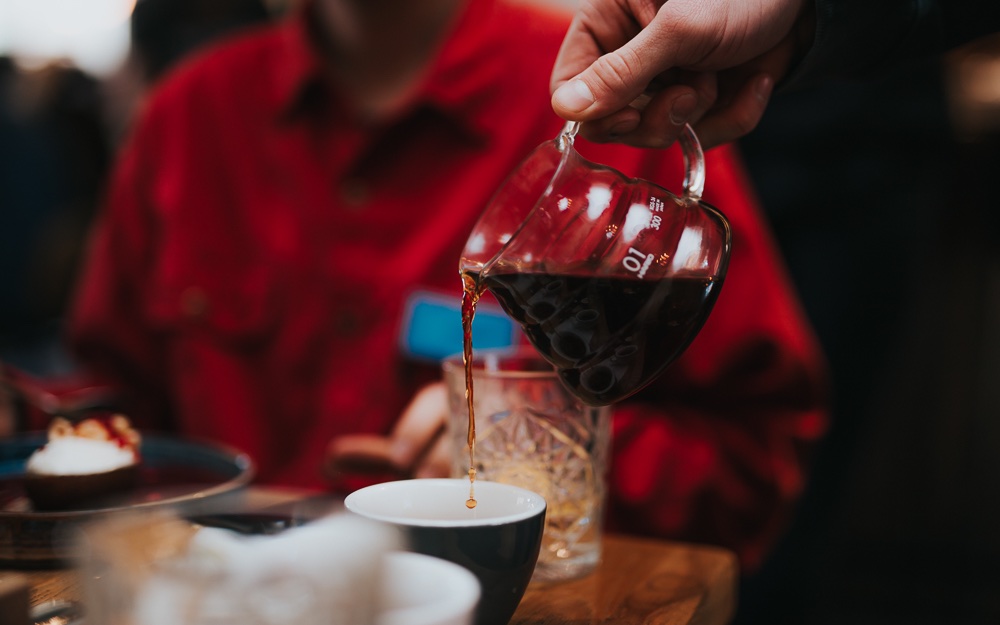
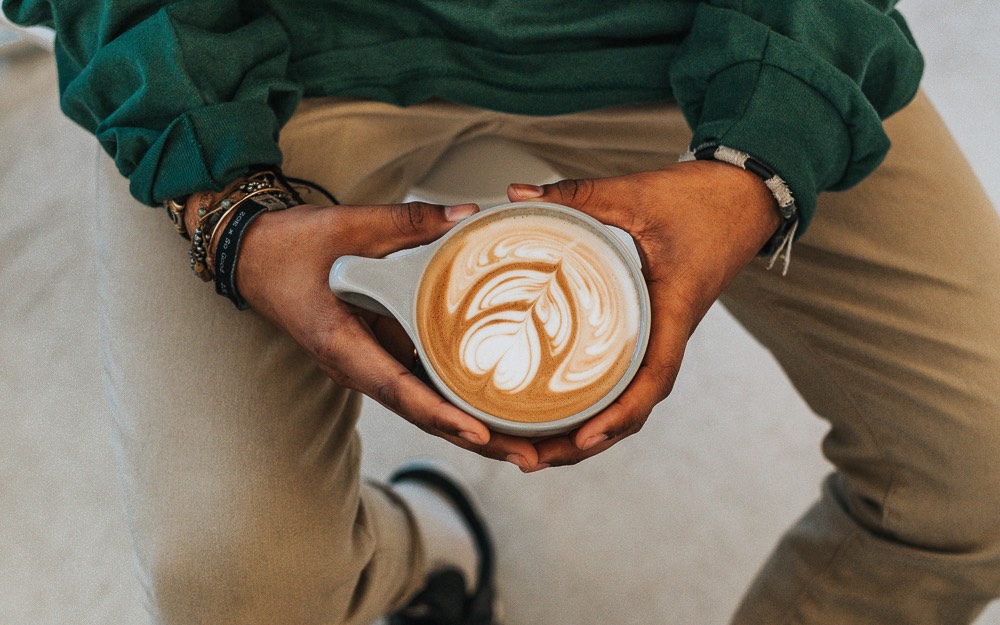

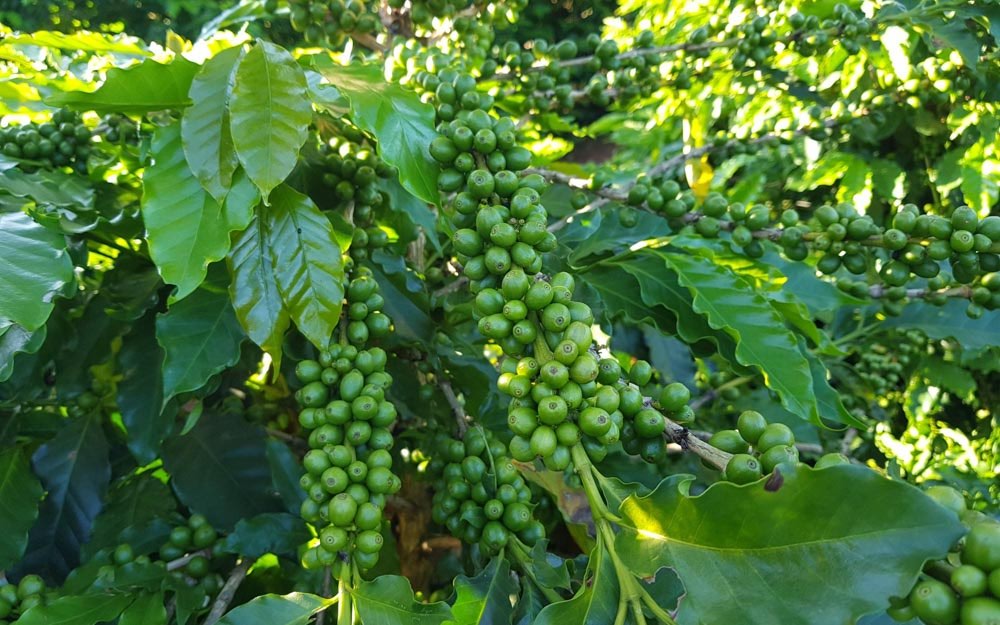
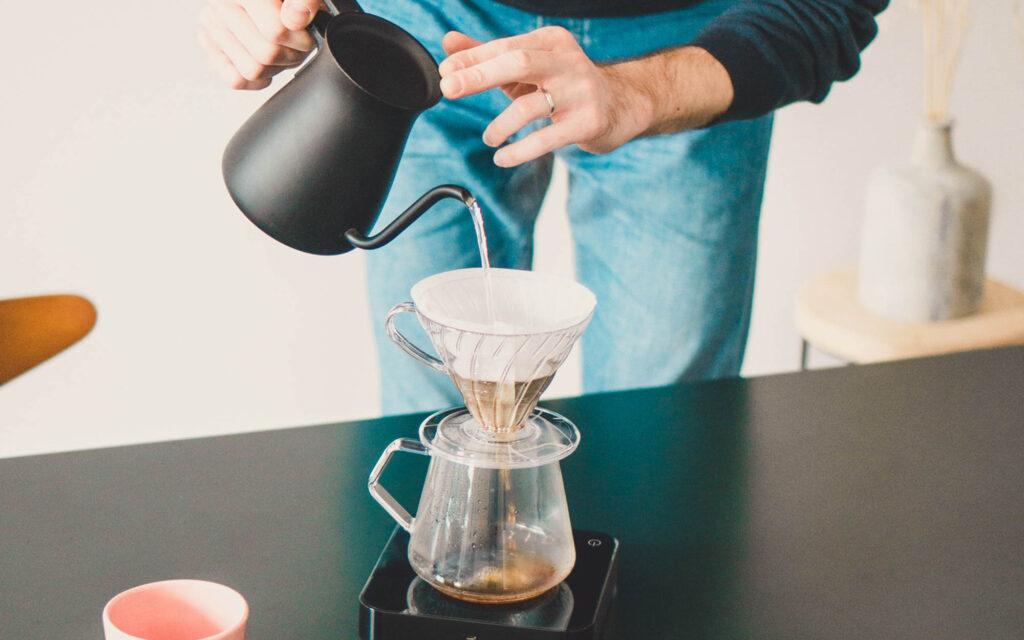
Responses